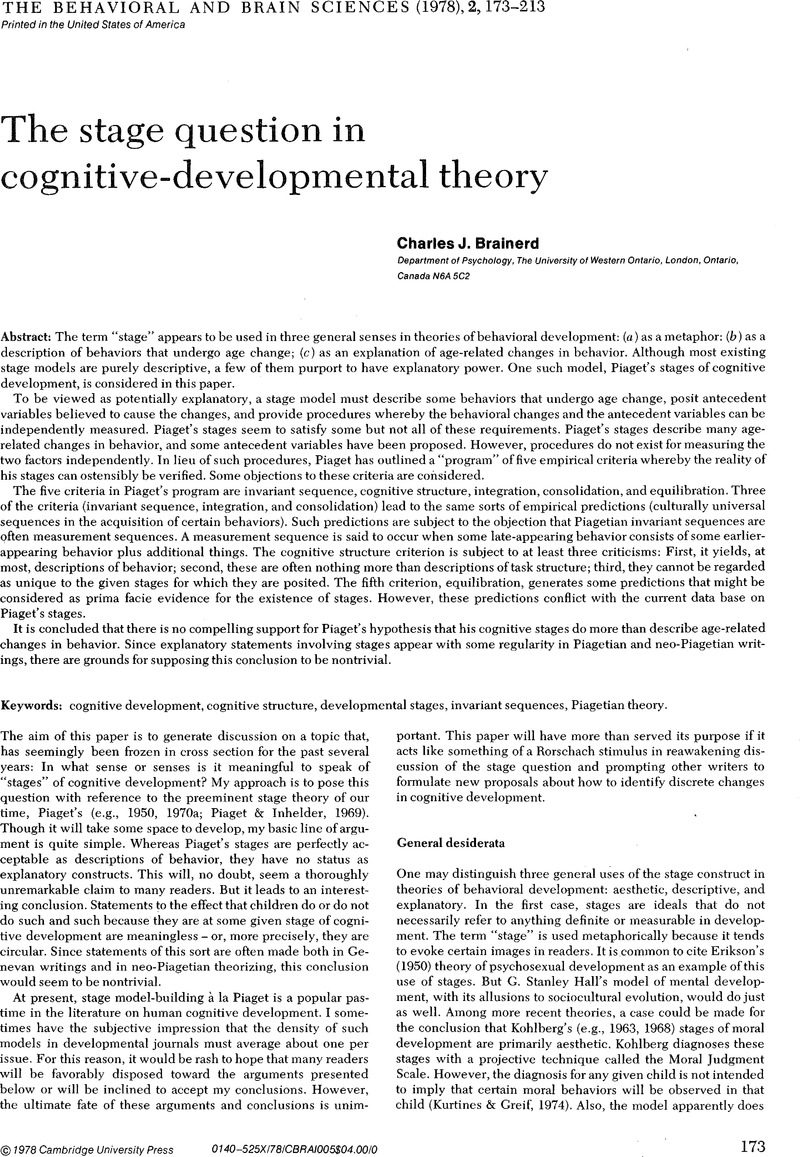Crossref Citations
This article has been cited by the following publications. This list is generated based on data provided by Crossref.
Niaz, Mansoor
1998.
The epistemological significance of Piaget’s developmental stages.
New Ideas in Psychology,
Vol. 16,
Issue. 1,
p.
47.



